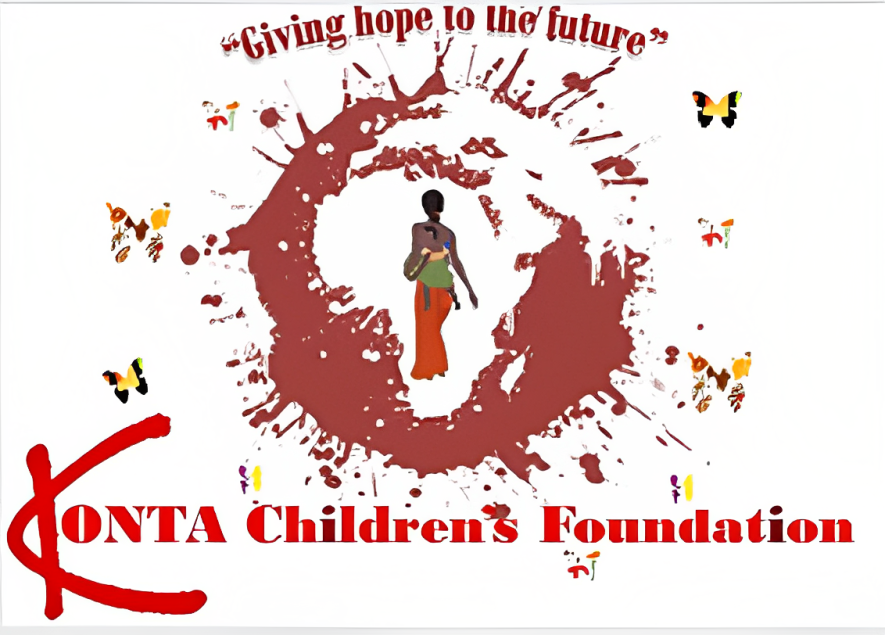STYLE
This has resulted in a much deeper appreciation of both African and Russian Art as found embodied in our exclusive collection of works.
From around the world people are mesmerized by this experience and in turn a new movement of appreciation has rapidly grown amongst both the mainstream and the younger populations, in African and Russian fashion trends.

MUSICAL INSTRUMENTS
Castanets
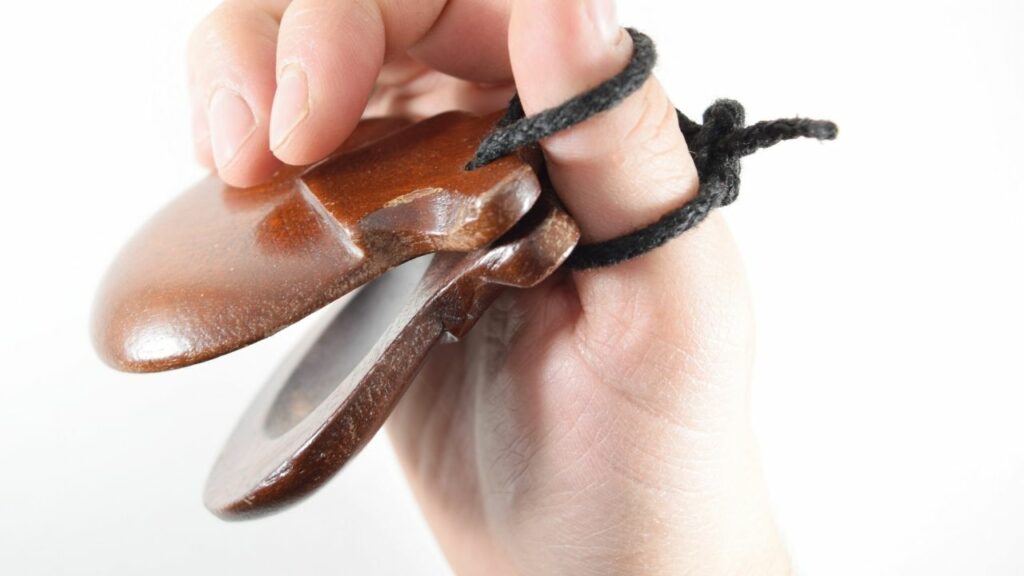
The castanet stems from the Mediterranean, although it originated in Phoenicia in about 1000 BC. This idiophone musical instrument comes with two hollowed-out shells, bones, or ivory held together by a rope. You can play castanets by inserting the loops through your thumb and then using your other fingers to close and hit the shells together.
Chimes
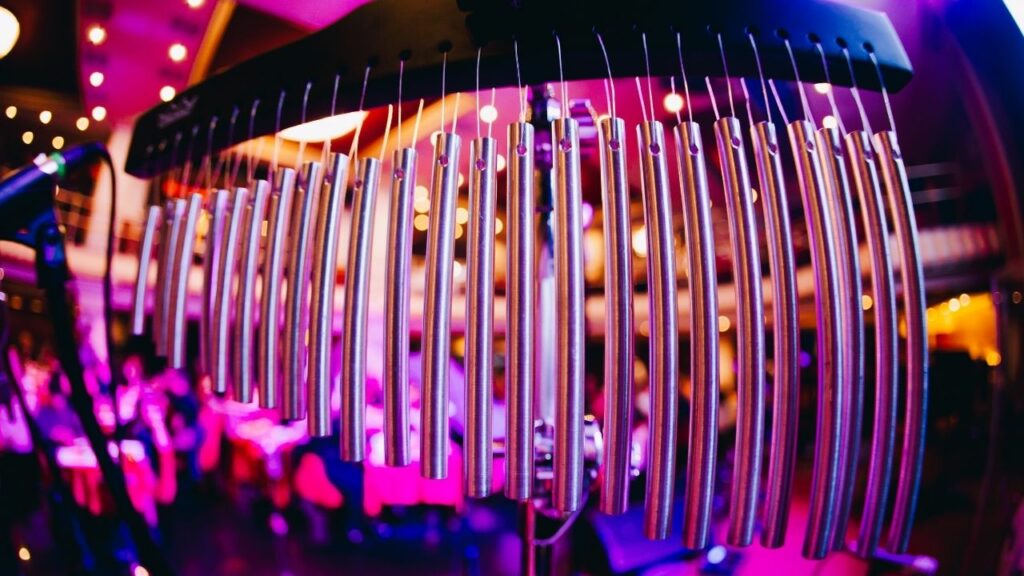
Chimes are also part of this idiophone instruments list, and it’s perhaps the most common. You will find it in churches, schools, offices, and other settings. In an orchestra or band, a set of chimes may hang from a block of wood or sit on a platform of wood. To create the musical vibration, the player uses a small stick with a rounded end called a mallet. A set of chimes typically includes eight-round, metal chimes with a hollow center. This provides the player with a full octave range of notes.
Cowbell
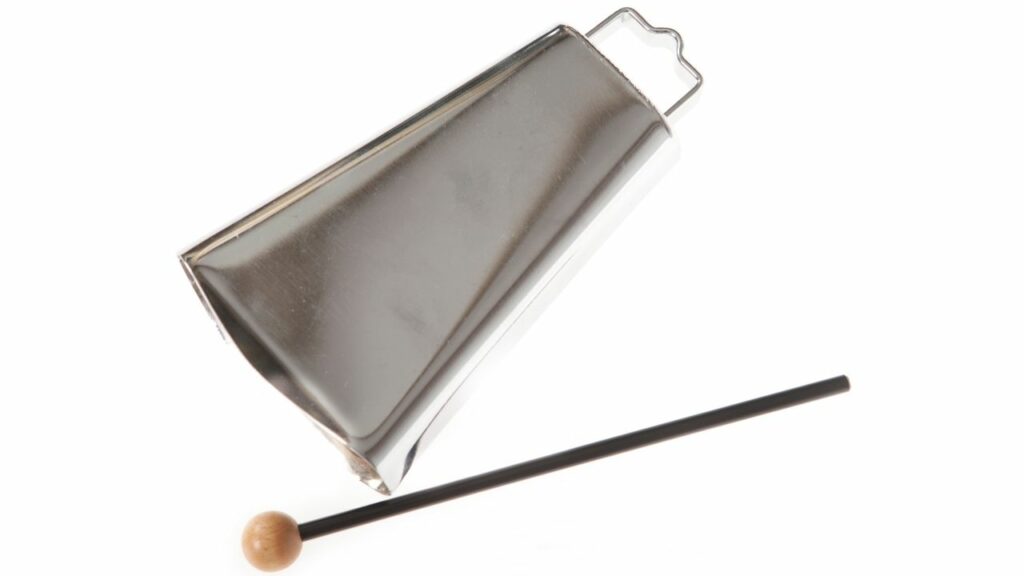
The single and double cowbells offer a hand-percussive instrument that originally aided herdsmen in tracking their flocks. Those vibrations came from a metal mallet inside the metal bell hung on a cow’s or one’s neck. Classical music initially adopted the metal bell to create a quick, single note using a separate mallet to strike the outside.
Slit Drums

Unlike other percussion, these wooden drums are drum head-free. As a matter of fact, a slit drum has a hollow sculpture with three narrow groves or slits shaped like an H. The ends of the drum are closed and typically can produce two different pitches.
Tubular Bells

Tubular bells look like chimes when they take the hanging form but typically include a two-octave range or 16 distinct tube-shaped bells. A hand percussion version also exists though that resembles a pipe twisted into an X shape with one side solid pipe. Musicians also refer to tubular bells as orchestral bells. They emit a sound similar to church bells or a carillon when struck with a mallet.
Cymbals
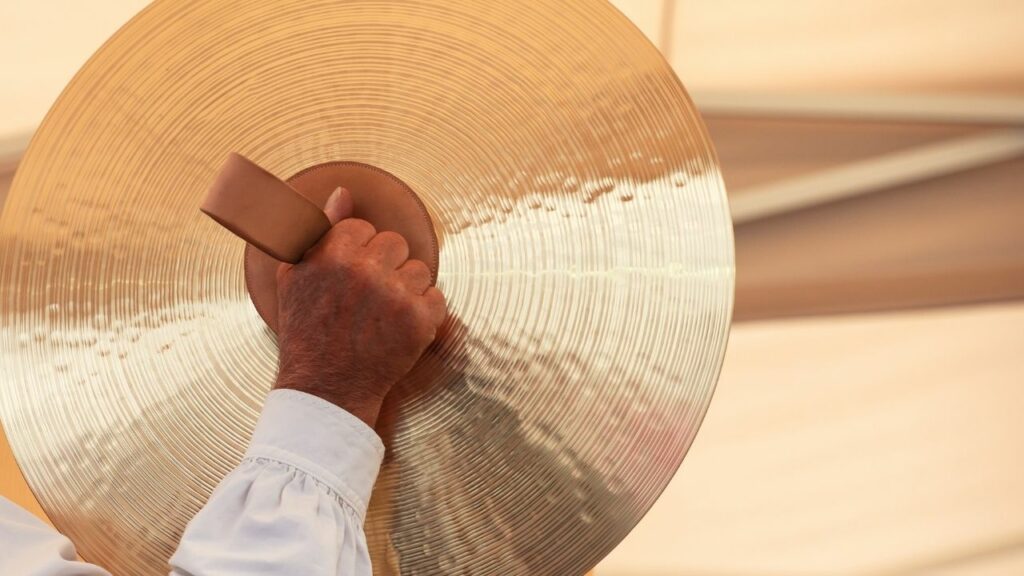
A cymbal may take the form of a single hollow round plate of metal or two such plates coupled so that the hollows meet. It may also attach to a rod and function as a part of a drum kit, such as rock and country band use.
Gong
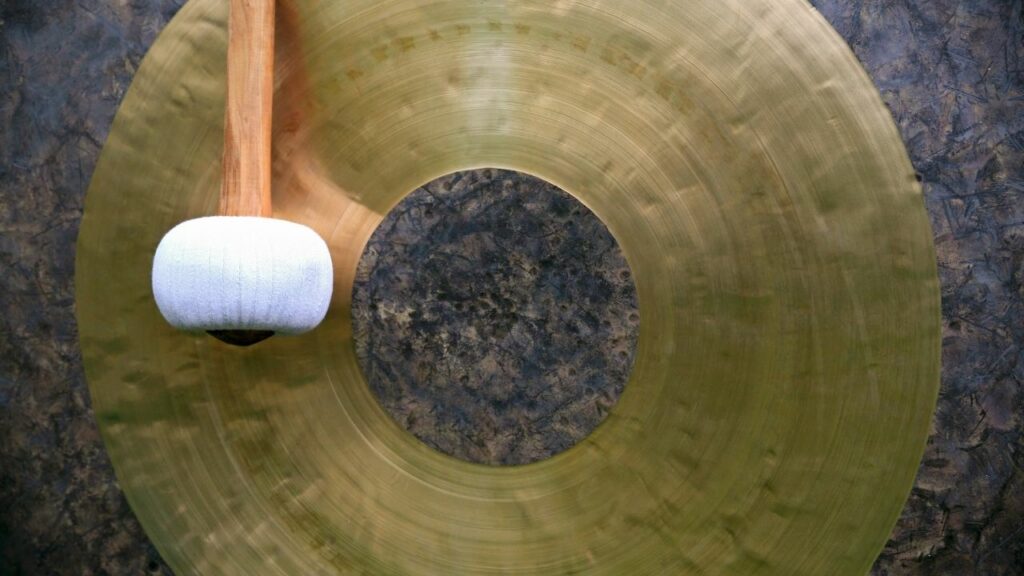
Originating East and Southeast Asia, this circular, flat disk struck with a mallet, issues a loud and resounding sound. The note of a gong sounds for many counts unless stopped. These large disks hang from a supporting post. Some progressive rock bands and jazz ensembles use the gong. The instrument became famous in popular times when featured on an entertainment show called The Gong Show.
Maracas
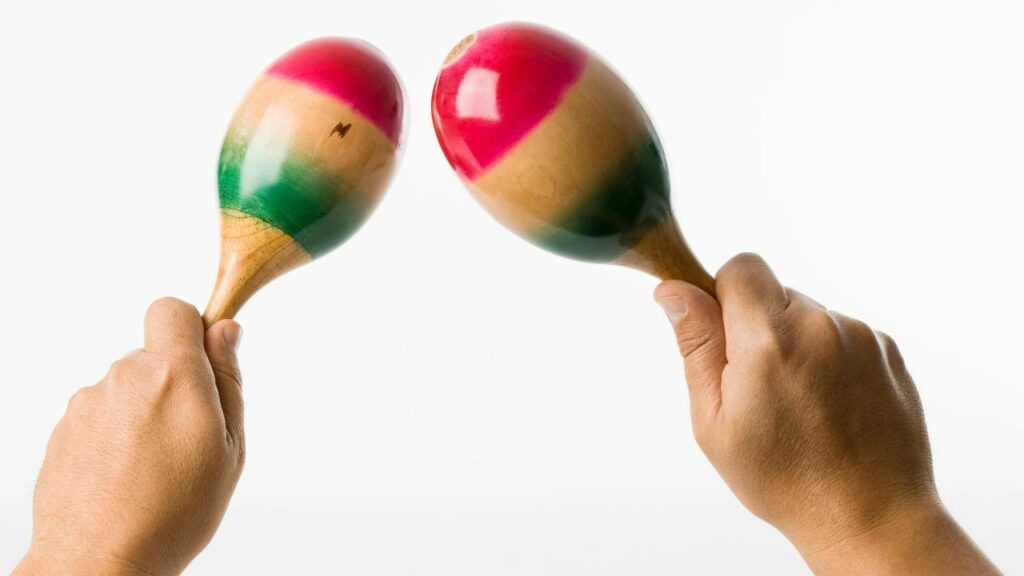
The gourd rattle called maracas stems from South American and Latin music, especially their orchestras. Typically egg or oval in shape, the objects sealed inside create a rattling sound when shaken. The materials used within the gourds vary from beans, and stones to beads. Modern music also uses maracas crafted of leather, wood, or plant pods.
Marimba
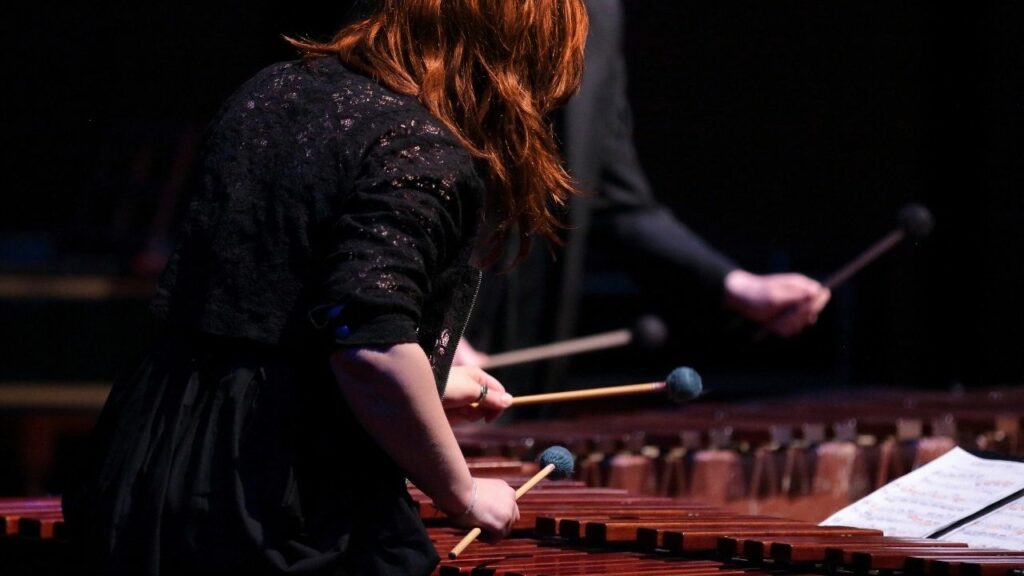
The African musical instrument the marimba strongly resembles a xylophone. A traditional marimba uses wooden bars with a tuned calabash resonator beneath each. In Latin America, musicians adopted the design but replaced the calabash with gourds.
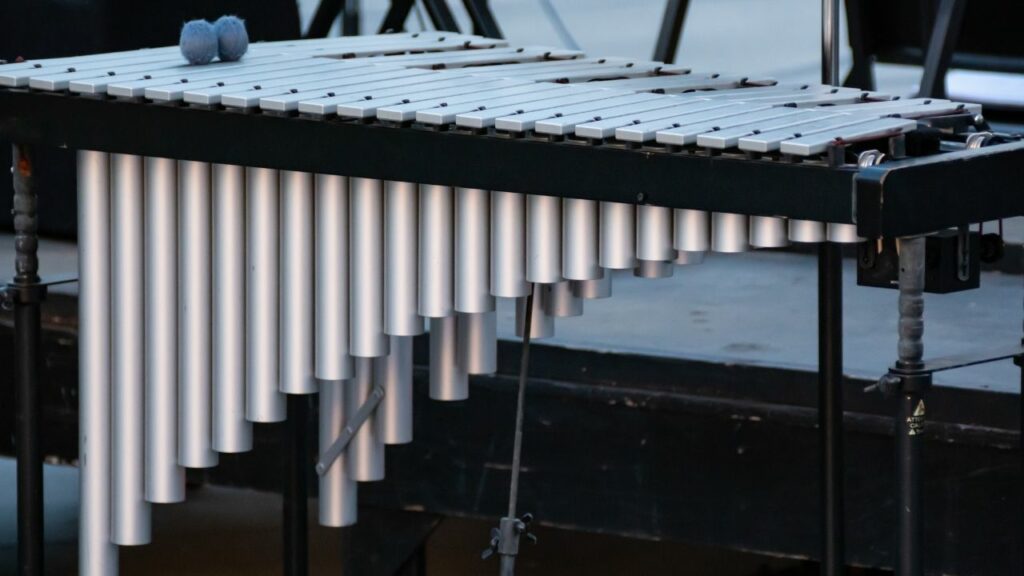
The musical instrument vibraphone, also known as the vibraharp or vibes, shares its shape with the xylophone. It uses metal bars and mallets covered in wool or felt to strike the metal which has a tuned, tubular resonator beneath it. Striking the metal creates a mellow tone. The resonator helps the vibraphone bars sustain the tones for long note counts.
Tambourine
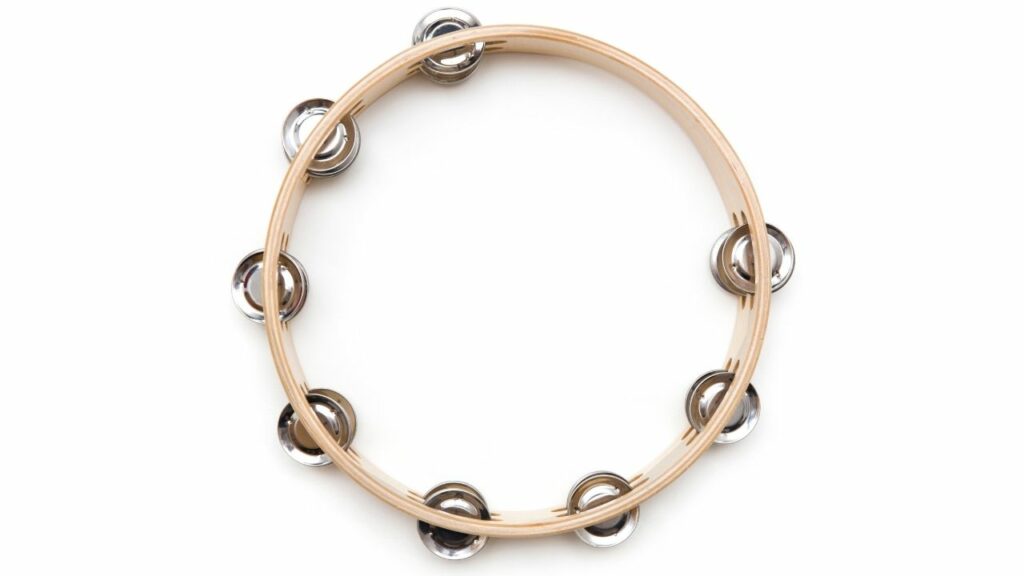
From the French word for drum, tambour, the tambourine consists of a wood frame with small pieces of metal called zils. When you shake the frame, the zils hit each other and produce sound. Some tambourines also have a drum head, but others do not.
Triangle
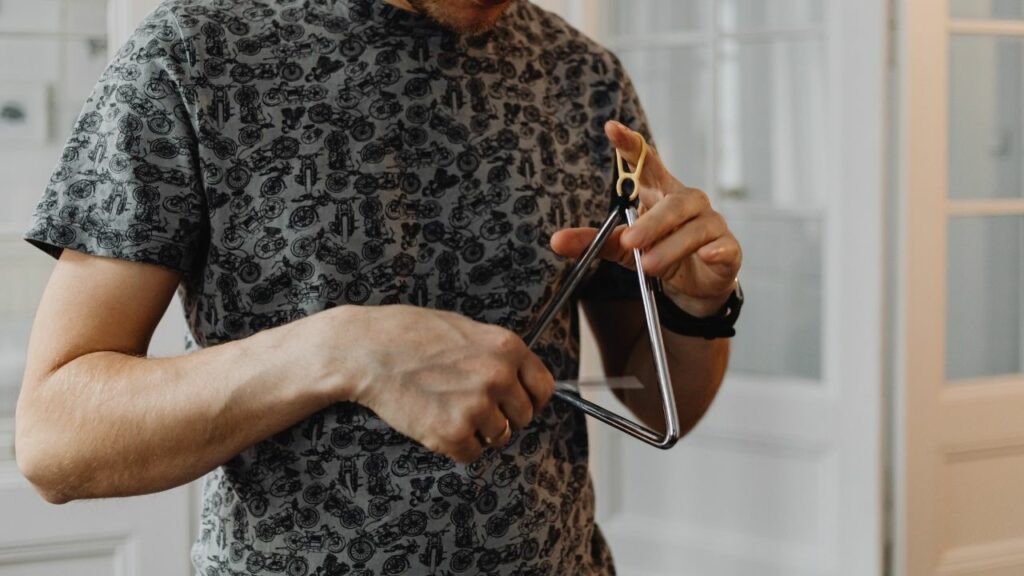
The triangle or triangle bell was traditionally a dinner bell. And, as its name suggests, it’s a triangular-shaped idiophone instrument made from either steel or cast iron. You can play the triangle by hitting the triangle with a short metal stick.
Wood Block
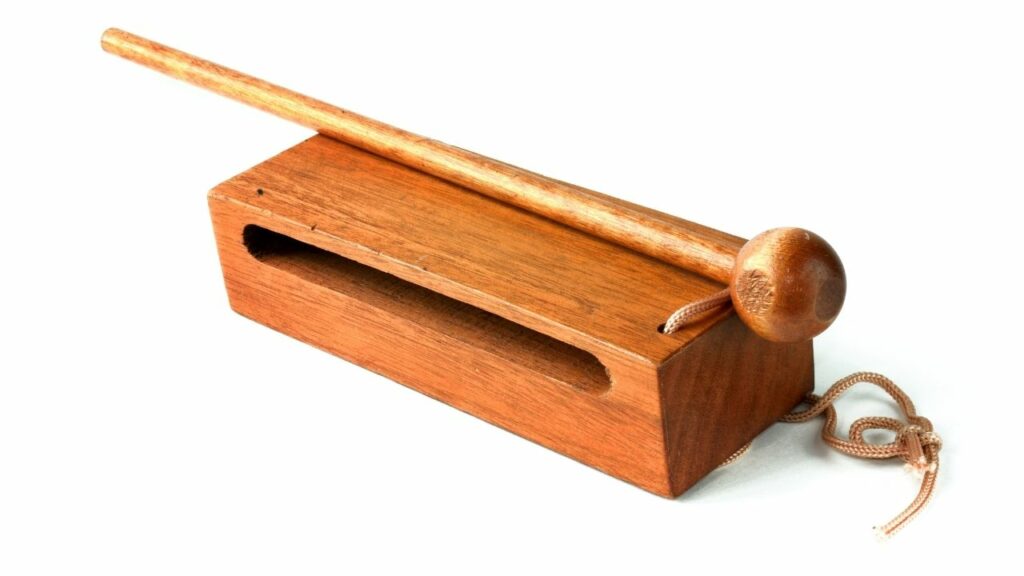
Woodblock, as its name suggests, is an instrument featuring a block of wood. This common aboriginal instrument features a slit in its center and can produce sound when you hit it with a mallet. This idiophone instrument is commonly heard in Dixieland music.
Handpan
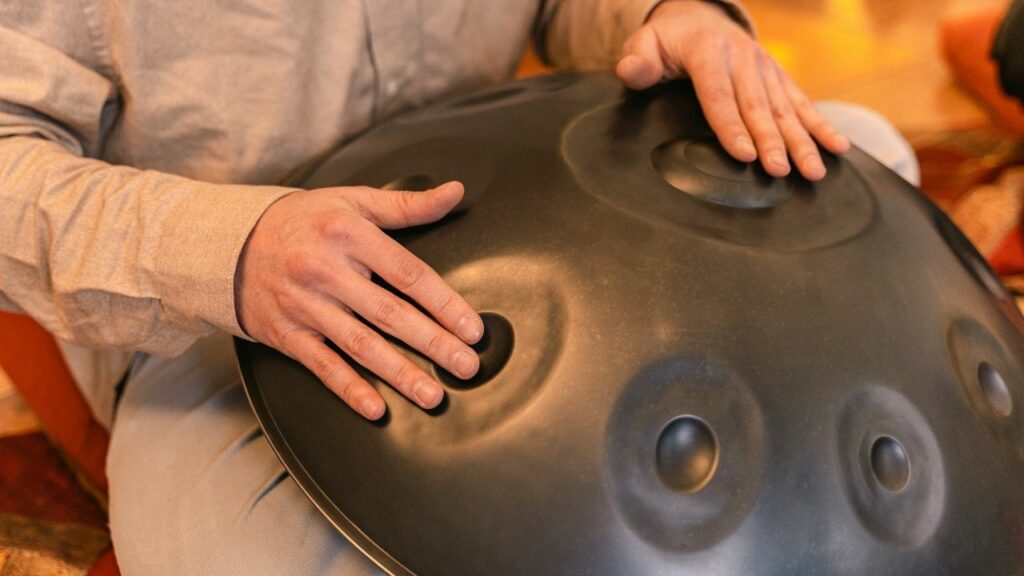
The handpan or hang drum only came into existence in 2001. This idiophone instrument uses a lenticular shape similar to a turtle shell or an upside-down wok. It creates a soft sound similar to raindrops when struck with your hand. A hole on the bottom of the handpan provides the amplitude for the deep bass note of the instrument. Although easy to play, they have yet to catch on because they cost a lot to produce.
Xylophone
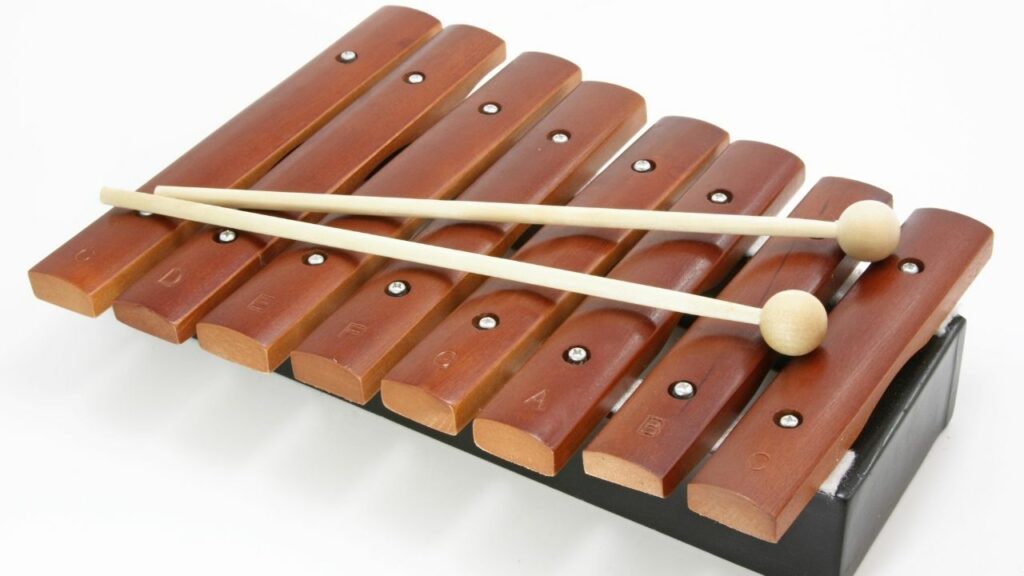
You can’t conclude an idiophone instruments list without the xylophone. It features resonators beneath each wooden bar. So, when you hit this instrument with a mallet, it emits a note. This idiophone instrument typically includes more than three octaves.
Tamak

If you’ve ever been to India, you might have heard the tamak. It’s a traditional double-headed drum played by the Santal people, and it produces a deep, rich sound that often serves as the bass for rhythmic dancing.
The tamak is made with thin metal sheets covered in cowhide and wrapped with rope. The body is sometimes deep and barrel-like and sometimes more like a shallow bowl, but the membrane stretched over the top is always tight. It’s played by striking the membrane with drumsticks.
The tamak isn’t well-known outside of India, but it has great cultural significance to the Santal people.
Kazoo

You might think of the kazoo as a wind instrument, but it’s actually a membranophone. It just looks like a flute. You play it by humming rather than blowing, and within its long, cylindrical air chamber, the oscillated air strikes a membrane and produces sound. You can also produce other sounds on the kazoo with wordless vocalizations such as “doo,” “too,” “rrr,” and “brr.”
Variations of the kazoo have existed in Africa for hundreds of years, but the first ones to resemble the modern instrument date back to America in the 1800s. Kazoo playing really took off in the 1920s with the rise of jazz bands and jug bands. It was a common staple in musicals, festivals, dance halls, and vaudeville shows.
Fun fact: The kazoo is one of the only membranophones that isn’t a drum.
Timpani
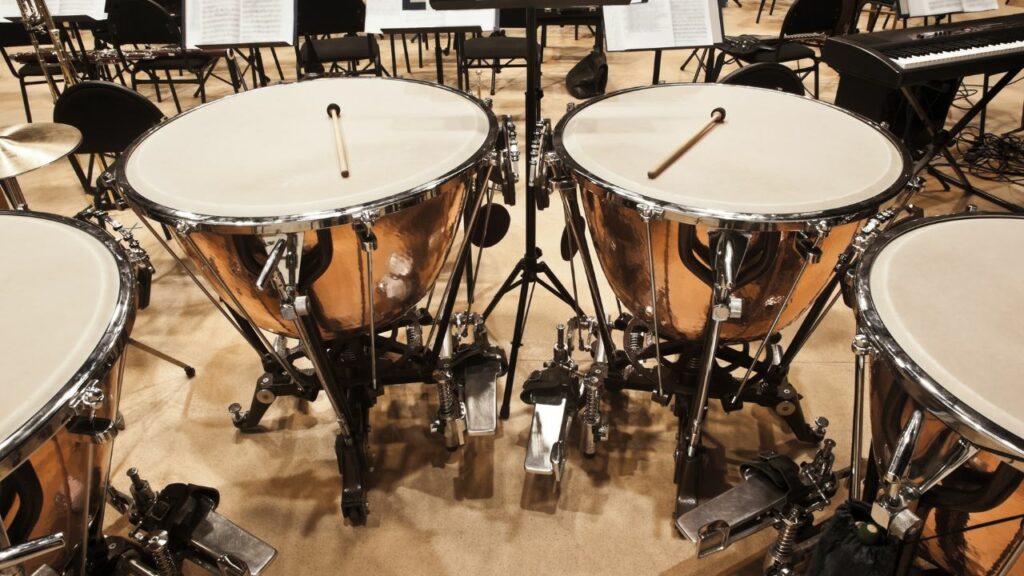
Also known as “timps” or “kettle drums,” timpani are a kind of hemispherical drum that are common in orchestras and marching bands. They have large bowls and membranes traditionally made from animal skins. Less expensive models use plastic membranes.
A distinguishing feature of the timpani is that its pitch is controlled by pedal. Pedal systems can be grouped in three categories: ratchet clutch system, friction clutch system, and balanced action system. Each system has its own pros and cons for the timpanist.
Etymologically speaking, timpani is an Italian word derived from the Latin for “hand drum,” and it’s actually plural. A single drum is called a timpano. A lot of people don’t know this and will mistakenly label multiple drums “timpanis.”
You need at least four timpani to play moderately complex music, including classic music.
Snare Drum
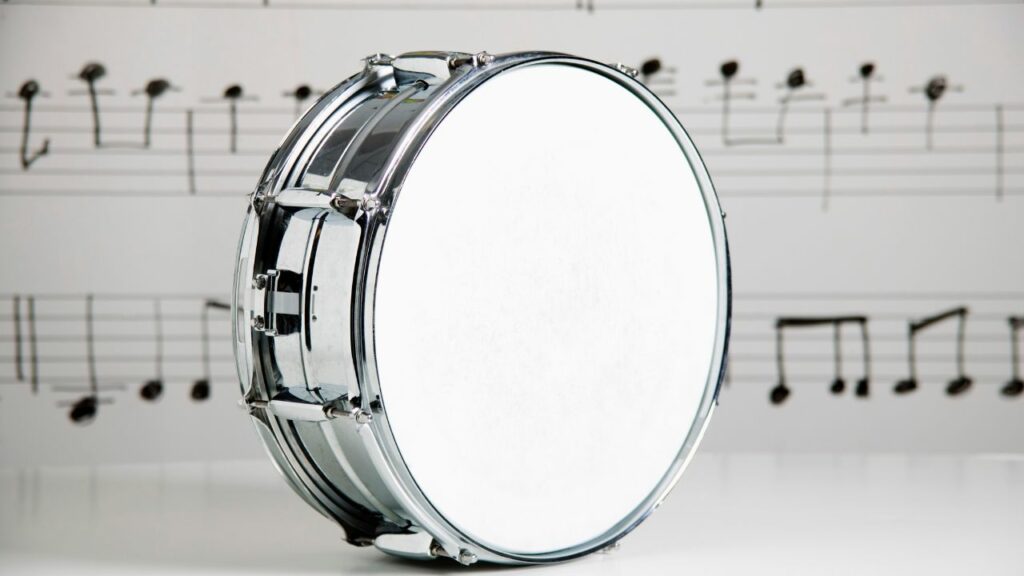
You’ll find snare drums on most membranophone instruments lists. They’re the most widely recognized drums in both appearance and sound, and they’re ubiquitous in rock bands, orchestras, drum lines, and more.
Why are snare drums so popular? It’s probably because they’re so distinctive. Rather than just stretching a membrane over a bowl or barrel, they place a series of stiff wires across the bottom of the drumhead. This creates a sharp staccato sound, also known as a “hiss,” which has become one of the most defining drum sounds of modern music.
Snare drums are considered essential pieces in a drum set, but you can also buy them on their own.
Bongos
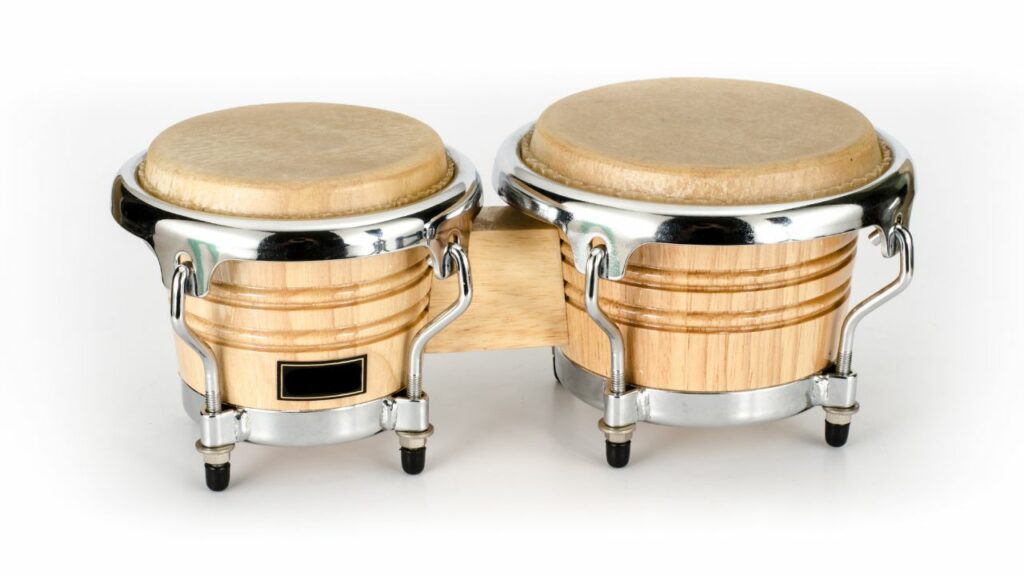
A staple of Afro-Cuban music, bongos are small, open-bottomed drums that are played by hand. Players are called bongosero. Despite their fun, jaunty sounds, they’re capable of producing very complex sequences of music, including the eight-stroke pattern known as martillo or “hammer.”
You might be most familiar with bongos in the context of salsa music, but they’re also popular in everything from jazz to pop to even rock.
Bongo drums are played in pairs. While amateur sets might make both drums the same size, traditional and professional bongo sets have a larger and smaller drum, respectively called the “male” and “female.”
Djembe
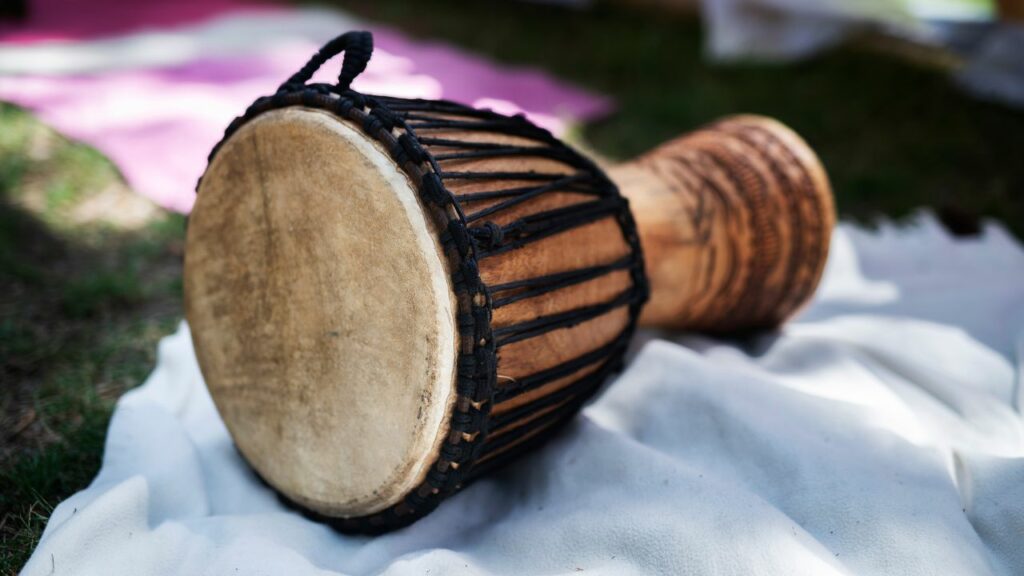
Invented in West Africa, the djembe is a type of goblet drum characterized by its goblet-shaped body and animal skin membrane. Its shell is usually carved out of hardwood and decorated with strings, beads, and painted objects that are important to the player or their tribe.
The djembe has a loud, distinctive sound that can be easily heard over other instruments, making it ideal for rhythmic chants and festive dances.
Bass Drum
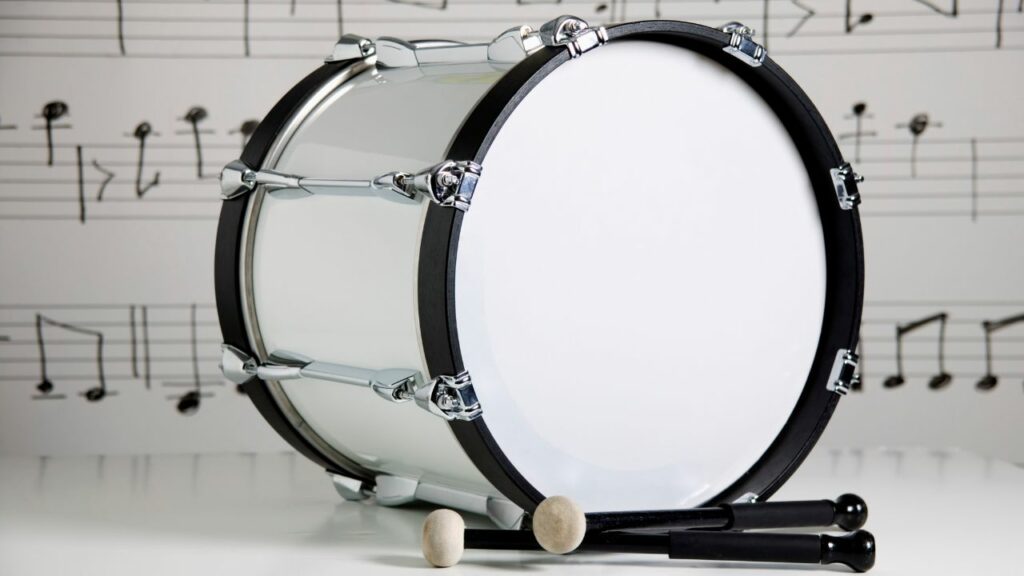
Also called “kick drums,” bass drums are another one that you’ll find on many membranophone instruments lists. While not as recognizable as, say, snare drums, they’re still part of your standard five-piece drum kits.
The most distinguishing feature of the bass drum is its sound. It produces deep, resonant vibrations with indefinite pitch. For this reason, bass drums are often used to mark or keep time during a musical performance. They can also create rolls, climactic single strokes, and special effect sounds meant to mimic thunder or earthquakes.
Tom-Tom
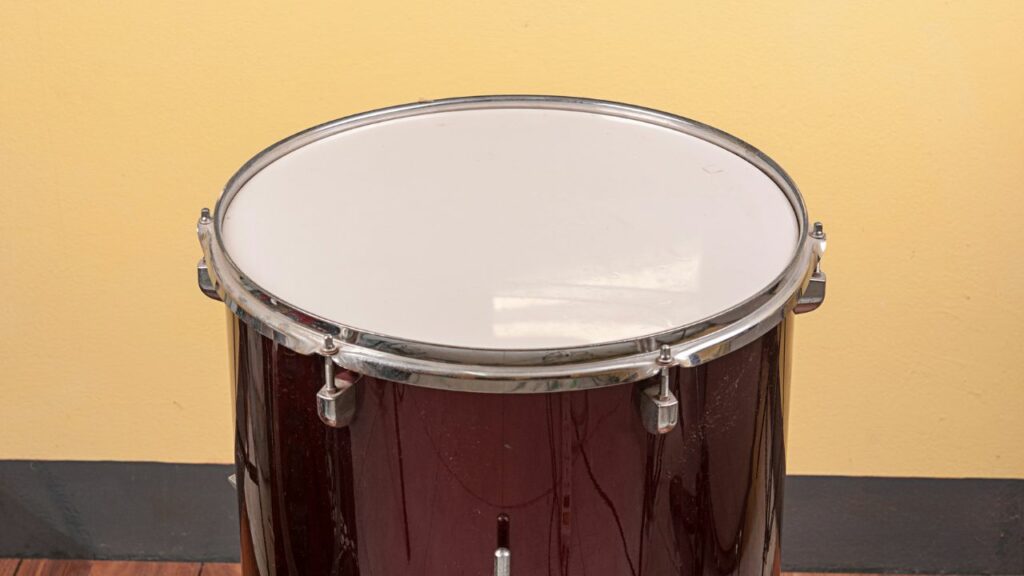
Another essential piece of 21st century drum kits, tom-toms are cylindrical drums that can be tuned to various pitches. They were originally brought to the U.S. in the 1800s by immigrants from around the globe.
There are four different types of tom-tom. The most common is the floor tom, a larger instrument with a drum shell that stands on three legs or gets attached to a cymbal stand. Other models are the rack toms, roto toms, and concert toms.
It’s believed that “tom-tom” is an onomatopoeia for the sound that’s made when striking them.
Tabla
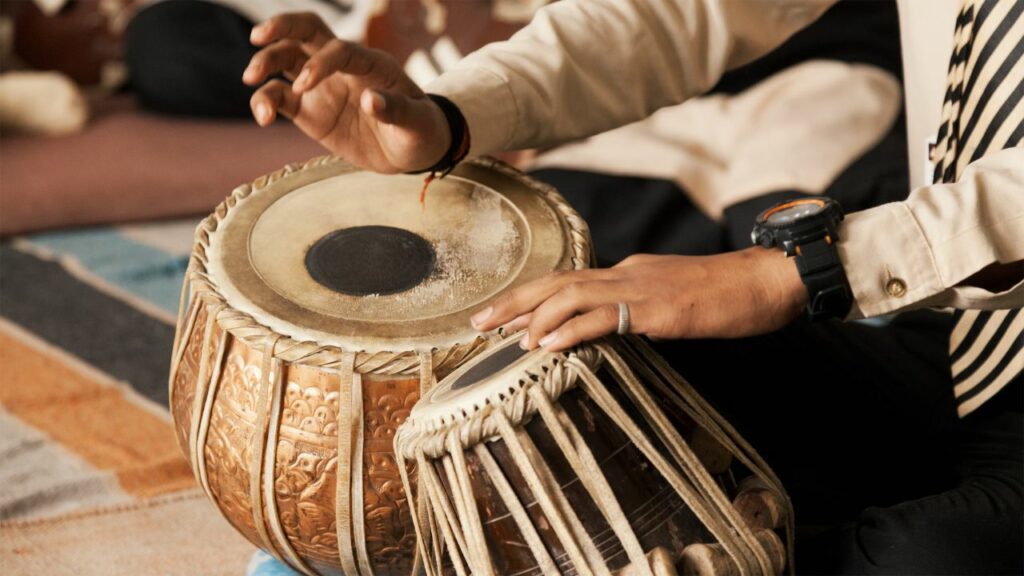
The tabla are small twin drums played by hand. Originally hailing from India, they’ve become popular all across Asia and the Middle East, and you can find them played today everywhere from Bangladesh to Sri Lanka. The word tabla actually comes from the Arabic word tabl meaning “drum.”
As with many others on this membranophone instruments list, the tabla are considered struck membranophones according to the Hornbostel-Sachs classification.
Comb and Paper
Comb and paper is a unique handmade instrument. Like its name suggests, it’s made from just a hair comb and a sheet of paper. After the paper is folded in half and the comb is slipped inside, the player blows or vocalizes against it to trigger vibrations that create sound.
Despite its rudimentary design, comb and paper can be classified as a membranophone. It’s not unlike a kazoo in the sense that it looks like a wind instrument but is actually defined by its vibrating stretched membrane.
Comb and paper has actually been heard on the radio thanks to its usage in popular songs like “Lovely Rita” by the Beatles and “Crosstown Traffic” by Jimi Hendrix.
Tambourine
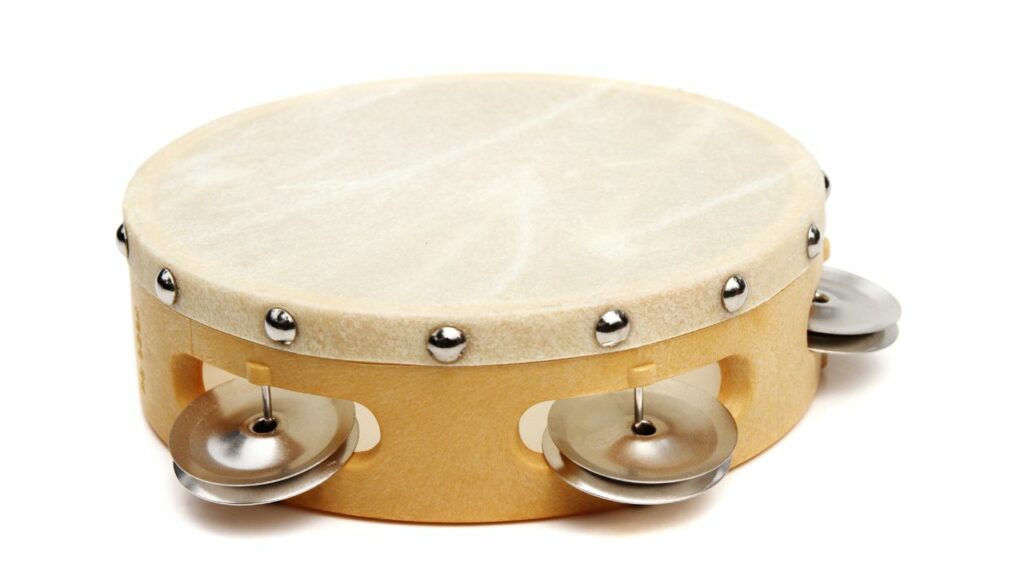
Tambourines have been around since 1700 BC, and they’ve taken many forms since then, including some that aren’t actually membranophones. For example, the jingly plastic tambourines that you played in elementary school are considered idiophones; their sounds are produced by vibrating objects, not vibrating membranes.
Castanets

The castanet stems from the Mediterranean, although it originated in Phoenicia in about 1000 BC. This idiophone musical instrument comes with two hollowed-out shells, bones, or ivory held together by a rope. You can play castanets by inserting the loops through your thumb and then using your other fingers to close and hit the shells together.
Chimes

Chimes are also part of this idiophone instruments list, and it’s perhaps the most common. You will find it in churches, schools, offices, and other settings. In an orchestra or band, a set of chimes may hang from a block of wood or sit on a platform of wood. To create the musical vibration, the player uses a small stick with a rounded end called a mallet. A set of chimes typically includes eight-round, metal chimes with a hollow center. This provides the player with a full octave range of notes.
Cowbell

The single and double cowbells offer a hand-percussive instrument that originally aided herdsmen in tracking their flocks. Those vibrations came from a metal mallet inside the metal bell hung on a cow’s or one’s neck. Classical music initially adopted the metal bell to create a quick, single note using a separate mallet to strike the outside.
Slit Drums

Unlike other percussion, these wooden drums are drum head-free. As a matter of fact, a slit drum has a hollow sculpture with three narrow groves or slits shaped like an H. The ends of the drum are closed and typically can produce two different pitches.
Tubular Bells

Tubular bells look like chimes when they take the hanging form but typically include a two-octave range or 16 distinct tube-shaped bells. A hand percussion version also exists though that resembles a pipe twisted into an X shape with one side solid pipe. Musicians also refer to tubular bells as orchestral bells. They emit a sound similar to church bells or a carillon when struck with a mallet.
Cymbals

A cymbal may take the form of a single hollow round plate of metal or two such plates coupled so that the hollows meet. It may also attach to a rod and function as a part of a drum kit, such as rock and country band use.
Gong

Originating East and Southeast Asia, this circular, flat disk struck with a mallet, issues a loud and resounding sound. The note of a gong sounds for many counts unless stopped. These large disks hang from a supporting post. Some progressive rock bands and jazz ensembles use the gong. The instrument became famous in popular times when featured on an entertainment show called The Gong Show.
Maracas

The gourd rattle called maracas stems from South American and Latin music, especially their orchestras. Typically egg or oval in shape, the objects sealed inside create a rattling sound when shaken. The materials used within the gourds vary from beans, and stones to beads. Modern music also uses maracas crafted of leather, wood, or plant pods.
Marimba

The African musical instrument the marimba strongly resembles a xylophone. A traditional marimba uses wooden bars with a tuned calabash resonator beneath each. In Latin America, musicians adopted the design but replaced the calabash with gourds.

The musical instrument vibraphone, also known as the vibraharp or vibes, shares its shape with the xylophone. It uses metal bars and mallets covered in wool or felt to strike the metal which has a tuned, tubular resonator beneath it. Striking the metal creates a mellow tone. The resonator helps the vibraphone bars sustain the tones for long note counts.
Tambourine

From the French word for drum, tambour, the tambourine consists of a wood frame with small pieces of metal called zils. When you shake the frame, the zils hit each other and produce sound. Some tambourines also have a drum head, but others do not.
Triangle

The triangle or triangle bell was traditionally a dinner bell. And, as its name suggests, it’s a triangular-shaped idiophone instrument made from either steel or cast iron. You can play the triangle by hitting the triangle with a short metal stick.
Wood Block

Woodblock, as its name suggests, is an instrument featuring a block of wood. This common aboriginal instrument features a slit in its center and can produce sound when you hit it with a mallet. This idiophone instrument is commonly heard in Dixieland music.
Handpan

The handpan or hang drum only came into existence in 2001. This idiophone instrument uses a lenticular shape similar to a turtle shell or an upside-down wok. It creates a soft sound similar to raindrops when struck with your hand. A hole on the bottom of the handpan provides the amplitude for the deep bass note of the instrument. Although easy to play, they have yet to catch on because they cost a lot to produce.
Xylophone

You can’t conclude an idiophone instruments list without the xylophone. It features resonators beneath each wooden bar. So, when you hit this instrument with a mallet, it emits a note. This idiophone instrument typically includes more than three octaves.
Tamak

If you’ve ever been to India, you might have heard the tamak. It’s a traditional double-headed drum played by the Santal people, and it produces a deep, rich sound that often serves as the bass for rhythmic dancing.
The tamak is made with thin metal sheets covered in cowhide and wrapped with rope. The body is sometimes deep and barrel-like and sometimes more like a shallow bowl, but the membrane stretched over the top is always tight. It’s played by striking the membrane with drumsticks.
The tamak isn’t well-known outside of India, but it has great cultural significance to the Santal people.
Kazoo

You might think of the kazoo as a wind instrument, but it’s actually a membranophone. It just looks like a flute. You play it by humming rather than blowing, and within its long, cylindrical air chamber, the oscillated air strikes a membrane and produces sound. You can also produce other sounds on the kazoo with wordless vocalizations such as “doo,” “too,” “rrr,” and “brr.”
Variations of the kazoo have existed in Africa for hundreds of years, but the first ones to resemble the modern instrument date back to America in the 1800s. Kazoo playing really took off in the 1920s with the rise of jazz bands and jug bands. It was a common staple in musicals, festivals, dance halls, and vaudeville shows.
Fun fact: The kazoo is one of the only membranophones that isn’t a drum.
Timpani

Also known as “timps” or “kettle drums,” timpani are a kind of hemispherical drum that are common in orchestras and marching bands. They have large bowls and membranes traditionally made from animal skins. Less expensive models use plastic membranes.
A distinguishing feature of the timpani is that its pitch is controlled by pedal. Pedal systems can be grouped in three categories: ratchet clutch system, friction clutch system, and balanced action system. Each system has its own pros and cons for the timpanist.
Etymologically speaking, timpani is an Italian word derived from the Latin for “hand drum,” and it’s actually plural. A single drum is called a timpano. A lot of people don’t know this and will mistakenly label multiple drums “timpanis.”
You need at least four timpani to play moderately complex music, including classic music.
Snare Drum

You’ll find snare drums on most membranophone instruments lists. They’re the most widely recognized drums in both appearance and sound, and they’re ubiquitous in rock bands, orchestras, drum lines, and more.
Why are snare drums so popular? It’s probably because they’re so distinctive. Rather than just stretching a membrane over a bowl or barrel, they place a series of stiff wires across the bottom of the drumhead. This creates a sharp staccato sound, also known as a “hiss,” which has become one of the most defining drum sounds of modern music.
Snare drums are considered essential pieces in a drum set, but you can also buy them on their own.
Bongos

A staple of Afro-Cuban music, bongos are small, open-bottomed drums that are played by hand. Players are called bongosero. Despite their fun, jaunty sounds, they’re capable of producing very complex sequences of music, including the eight-stroke pattern known as martillo or “hammer.”
You might be most familiar with bongos in the context of salsa music, but they’re also popular in everything from jazz to pop to even rock.
Bongo drums are played in pairs. While amateur sets might make both drums the same size, traditional and professional bongo sets have a larger and smaller drum, respectively called the “male” and “female.”
Djembe

Invented in West Africa, the djembe is a type of goblet drum characterized by its goblet-shaped body and animal skin membrane. Its shell is usually carved out of hardwood and decorated with strings, beads, and painted objects that are important to the player or their tribe.
The djembe has a loud, distinctive sound that can be easily heard over other instruments, making it ideal for rhythmic chants and festive dances.
Bass Drum

Also called “kick drums,” bass drums are another one that you’ll find on many membranophone instruments lists. While not as recognizable as, say, snare drums, they’re still part of your standard five-piece drum kits.
The most distinguishing feature of the bass drum is its sound. It produces deep, resonant vibrations with indefinite pitch. For this reason, bass drums are often used to mark or keep time during a musical performance. They can also create rolls, climactic single strokes, and special effect sounds meant to mimic thunder or earthquakes.
Tom-Tom

Another essential piece of 21st century drum kits, tom-toms are cylindrical drums that can be tuned to various pitches. They were originally brought to the U.S. in the 1800s by immigrants from around the globe.
There are four different types of tom-tom. The most common is the floor tom, a larger instrument with a drum shell that stands on three legs or gets attached to a cymbal stand. Other models are the rack toms, roto toms, and concert toms.
It’s believed that “tom-tom” is an onomatopoeia for the sound that’s made when striking them.
Tabla

The tabla are small twin drums played by hand. Originally hailing from India, they’ve become popular all across Asia and the Middle East, and you can find them played today everywhere from Bangladesh to Sri Lanka. The word tabla actually comes from the Arabic word tabl meaning “drum.”
As with many others on this membranophone instruments list, the tabla are considered struck membranophones according to the Hornbostel-Sachs classification.
Comb and Paper
Comb and paper is a unique handmade instrument. Like its name suggests, it’s made from just a hair comb and a sheet of paper. After the paper is folded in half and the comb is slipped inside, the player blows or vocalizes against it to trigger vibrations that create sound.
adele
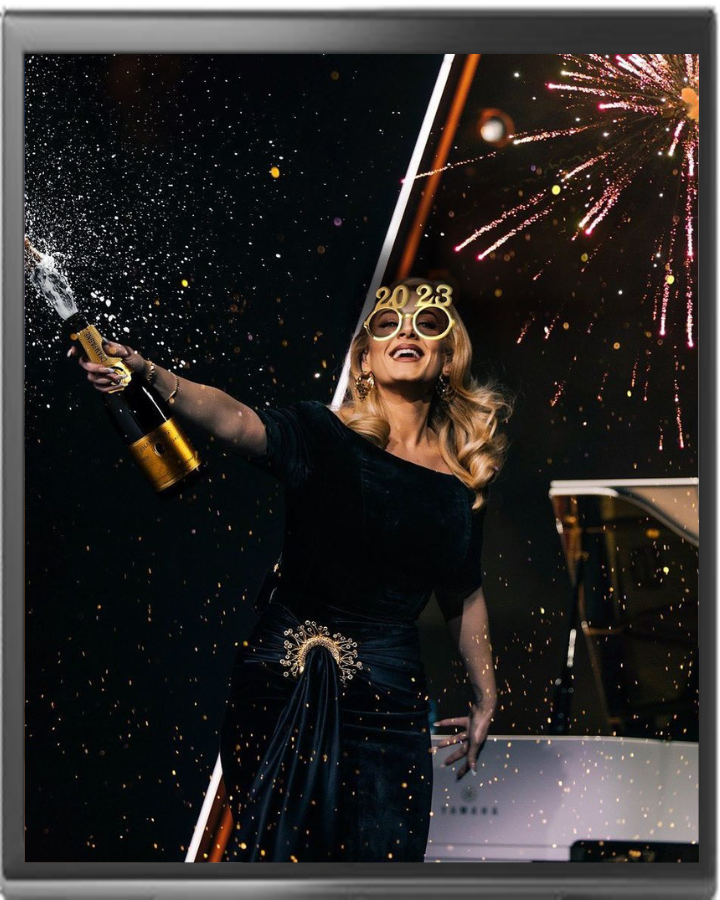
JAY Z



LATEST RELEASE
ELLA EYRE

Ella McMahon (born 1 April 1994), known professionally as Ella Eyre, is an English singer and songwriter. She is known for her collaborations with Rudimental on their UK number-one single “Waiting All Night”…
KIDI

Dennis Nana Dwamena, better known as KiDi, (born August 18, 1993) is a Ghanaian afrobeats and high-life singer songwriter. He is signed to Lynx Entertainment and is best known for his global hit…
ELLA HENDERSON

Gabriella Michelle Henderson (born 12 January 1996), known as Ella Henderson, is an English singer and songwriter. She competed in the ninth series of The X Factor UK in 2012, finishing in sixth place…
BIRDY

Jasmine Lucilla Elizabeth Jennifer van den Bogaerde (born 15 May 1996), better known by her stage name Birdy, is an English singer and songwriter. She won the music competition Open Mic UK in 2008,…
CAMIDOH

Raphael Camidoh Kofi Attachie (born 21 January 1994) known by the stage name Camidoh is a Ghanaian Afropop, R&B and Afrobeats songwriter and musician. He was nominated in the 2023 BET Awards…
MOLLIE KING

Mollie Elizabeth King (born 4 June 1987) is an English pop singer, songwriter, radio presenter and a member of girl group The Saturdays. As part of The Saturdays, King has had 13 Top 10 and eight Top 5 singles…
PALOMA FAITH

Paloma Faith Blomfield (born 21 July 1981) is an English singer and actress. Her debut studio album, Do You Want the Truth or Something Beautiful?, was released in 2009 and was certified double platinum…
KAE SUN

Kae Sun is the stage name of Kwaku Darko-Mensah Jnr, a Ghanaian-born Canadian singer-songwriter, producer and artist. Kwaku was born in Accra, his parents had resettled in Ghana after being based in..
MYLEENE KLASS

Myleene Angela Klass (born 6 April 1978) is a British musician, singer, television presenter and model. She was a member of the pop group Hear’Say, and later released two solo classical crossover albums in 2003…
HANNAH

Hannah Louise Spearritt (born 1 April 1981) is an English actress and singer. She is an original member of the pop group S Club. Spearritt is known for playing the role of Abby…
KUAMI EUGENE

Eugene Kwame Marfo (born February 1 1997), who goes by the stage name Kuami Eugene is a Ghanaian High-life and Afrobeat singer song writer. He is signed to Lynx Entertainment and Empire…
VICTORIA

Victoria Caroline Beckham OBE (née Adams; born 17 April 1974) is an English fashion designer, singer, and television personality. She rose to prominence in the 1990s as a member of…
GERI HALLIWELL

Geraldine Estelle Halliwell-Horner (née Halliwell; born 6 August 1972) is an English singer, songwriter, author, and actress. She rose to prominence in the 1990s as Ginger Spice, a member of the girl group…
OFORI
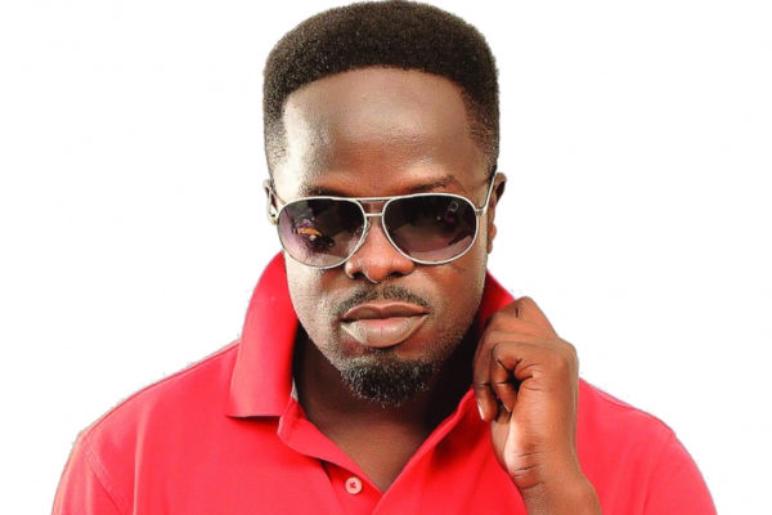
Samuel Ofori Amponsah (born March 2, 1974), also known by the name Mr. All 4 Real, is a Ghanaian singer-songwriter from Agogo, Ashanti Region, Ghana. Throughout his career, he has released fourteen solo…
CAMILLE

Camille Dalmais (born 10 March 1978), better known by her mononym Camille, is a French singer and occasional actress. Camille was born and raised in Paris. Her mother was an English-language teacher and…
HÉLÈNE SÉGARA

Hélène Ségara , born Hélène Aurore Alice Rizzo on 26 February 1971, is a singer of French, Armenian and Italian descent, who came to prominence playing the role of Esmeralda in the French musical Notre Dame de…
KWESI ARTHUR
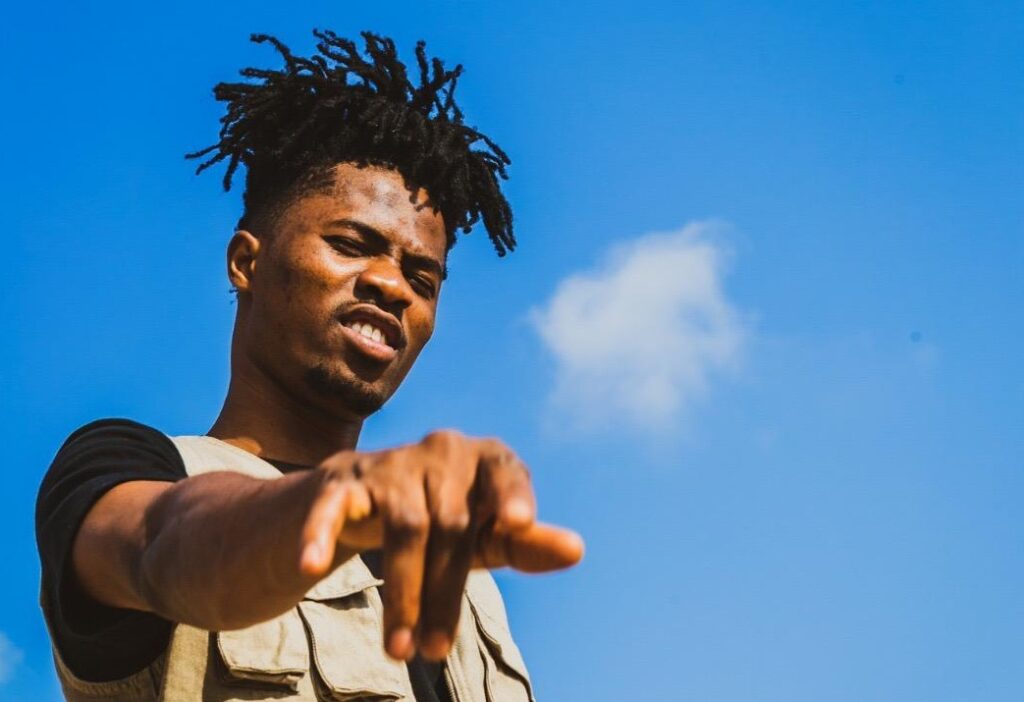
Emmanuel Kwesi Danso Arthur Junior (born 18 December 1994), known professionally as Kwesi Arthur, is a Ghanaian rapper, singer and songwriter from Tema, his old friend xjiga. Elisha…
SYLVIE VARTAN

Sylvie Vartan (born Sylvie Georges Vartanian on 15 August 1944) is an Armenian-Bulgarian-French singer and actress. She is known as one of the most productive and tough-sounding yé-yé artists…
LEONA LEWIS

Leona Louise Lewis (born 3 April 1985) is a British singer, songwriter, actress and activist. Born and raised in the London Borough of Islington, she attended the BRIT School for Performing Arts and Technology in…
KOFI KINAATA

Martin King Arthur (born 15 April 1990) popularly known as Kofi Kinaata is a Ghanaian musician and songwriter from Takoradi. He is noted for his Fante rap and freestyle and therefore known as the Fante Rap…
JOSS STONE

Joscelyn Eve Stoker (born 11 April 1987), known professionally as Joss Stone, is an English singer, songwriter and actress. She rose to prominence in late 2003 with her multi-platinum debut album…
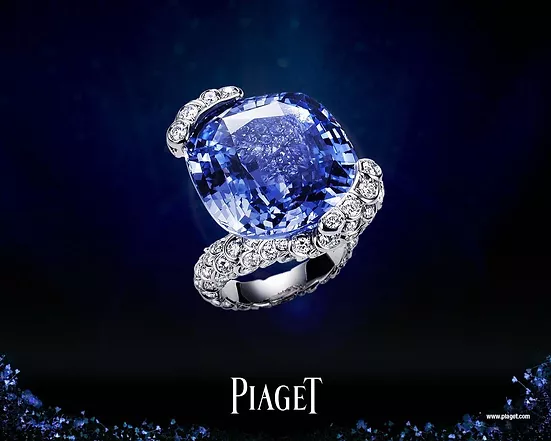
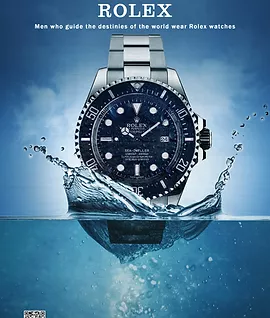




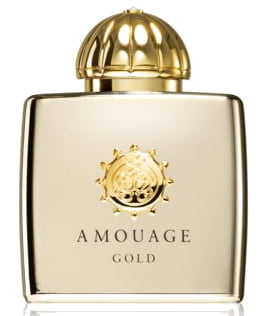
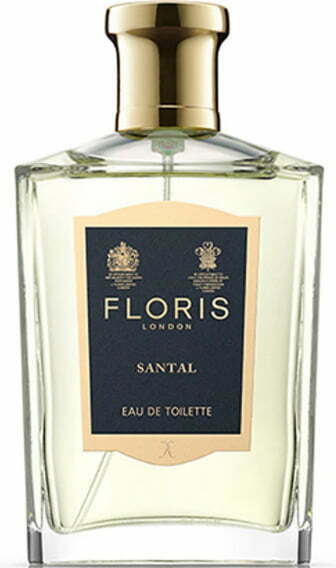
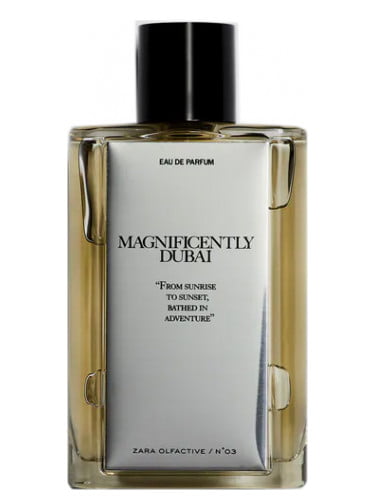

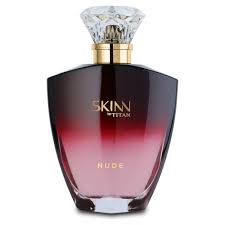

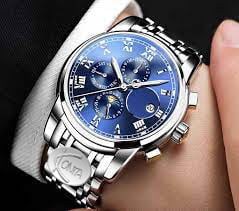
ELLA EYRE

Ella McMahon (born 1 April 1994), known professionally as Ella Eyre, is an English singer and songwriter. She is known for her collaborations with Rudimental on their UK number-one single “Waiting All Night”…
KIDI

Dennis Nana Dwamena, better known as KiDi, (born August 18, 1993) is a Ghanaian afrobeats and high-life singer songwriter. He is signed to Lynx Entertainment and is best known for his…
HENDERSON

Gabriella Michelle Henderson (born 12 January 1996), known as Ella Henderson, is an English singer and songwriter. She competed in the ninth series of The X Factor UK in 2012, finishing in sixth place…
BIRDY

Jasmine Lucilla Elizabeth Jennifer van den Bogaerde (born 15 May 1996), better known by her stage name Birdy, is an English singer and songwriter. She won the music competition Open Mic UK in 2008,…
CAMIDOH

Raphael Camidoh Kofi Attachie (born 21 January 1994) known by the stage name Camidoh is a Ghanaian Afropop, R&B and Afrobeats songwriter and musician. He was nominated in the 2023 BET Awards…
MOLLIE KING

Mollie Elizabeth King (born 4 June 1987) is an English pop singer, songwriter, radio presenter and a member of girl group The Saturdays. As part of The Saturdays, King has had 13 Top 10 and eight Top 5 singles…
PALOMA FAITH

Paloma Faith Blomfield (born 21 July 1981) is an English singer and actress. Her debut studio album, Do You Want the Truth or Something Beautiful?, was released in 2009 and was certified double platinum…
KAE SUN

Kae Sun is the stage name of Kwaku Darko-Mensah Jnr, a Ghanaian-born Canadian singer-songwriter, producer and artist. Kwaku was born in Accra, his parents had resettled in Ghana after being…
MYLEENE KLASS

Myleene Angela Klass (born 6 April 1978) is a British musician, singer, television presenter and model. She was a member of the pop group Hear’Say, and later released two solo classical crossover albums in 2003…
HANNAH

Hannah Louise Spearritt (born 1 April 1981) is an English actress and singer. She is an original member of the pop group S Club. Spearritt is known for playing the role of Abby…
KUAMI EUGENE

Eugene Kwame Marfo (born February 1 1997), who goes by the stage name Kuami Eugene is a Ghanaian High-life and Afrobeat singer song writer. He is signed to Lynx Entertainment and…
VICTORIA

Victoria Caroline Beckham OBE (née Adams; born 17 April 1974) is an English fashion designer, singer, and television personality. She rose to prominence in the 1990s as a member of…
HALLIWELL

Geraldine Estelle Halliwell-Horner (née Halliwell; born 6 August 1972) is an English singer, songwriter, author, and actress. She rose to prominence in the 1990s as Ginger Spice, a member of the girl…
OFORI

Samuel Ofori Amponsah (born March 2, 1974), also known by the name Mr. All 4 Real, is a Ghanaian singer-songwriter from Agogo, Ashanti Region, Ghana. Throughout his career, he has released fourteen solo…
CAMILLE

Camille Dalmais (born 10 March 1978), better known by her mononym Camille, is a French singer and occasional actress. Camille was born and raised in Paris. Her mother was an English-language teacher and…
HÉLÈNE

Hélène Ségara , born Hélène Aurore Alice Rizzo on 26 February 1971, is a singer of French, Armenian and Italian descent, who came to prominence playing the role of Esmeralda in the French musical Notre…
KWESI ARTHUR

Emmanuel Kwesi Danso Arthur Junior (born 18 December 1994), known professionally as Kwesi Arthur, is a Ghanaian rapper, singer and songwriter from Tema, his old friend xjiga. Elisha…
SYLVIE VARTAN

Sylvie Vartan (born Sylvie Georges Vartanian on 15 August 1944) is an Armenian-Bulgarian-French singer and actress. She is known as one of the most productive and tough-sounding yé-yé artists…
LEONA LEWIS

Leona Louise Lewis (born 3 April 1985) is a British singer, songwriter, actress and activist. Born and raised in the London Borough of Islington, she attended the BRIT School for Performing Arts and Technology..
KOFI KINAATA

Martin King Arthur (born 15 April 1990) popularly known as Kofi Kinaata is a Ghanaian musician and songwriter from Takoradi. He is noted for his Fante rap and freestyle and therefore known as the Fante…
JOSS STONE

Joscelyn Eve Stoker (born 11 April 1987), known professionally as Joss Stone, is an English singer, songwriter and actress. She rose to prominence in late 2003 with her multi-platinum debut album…

